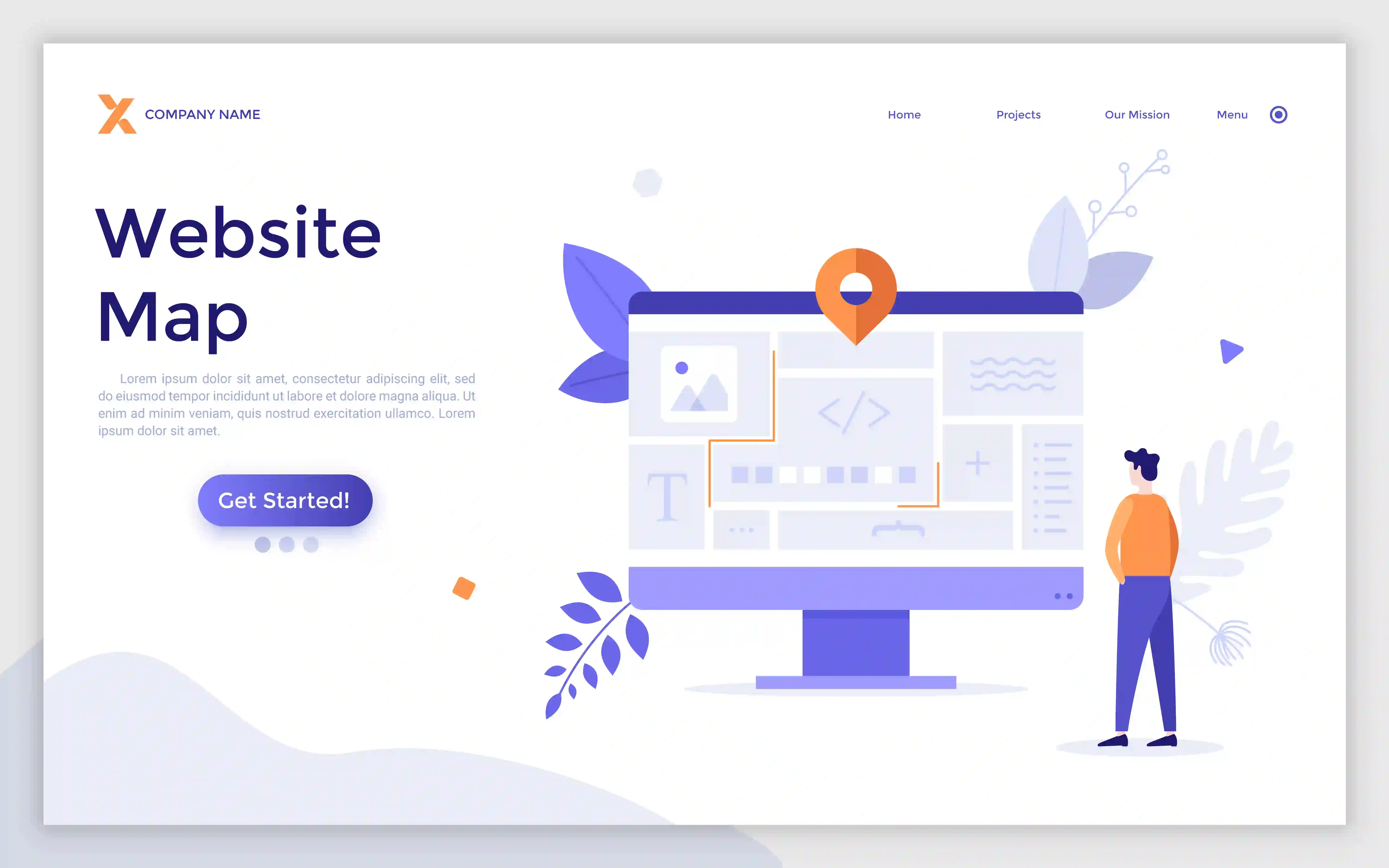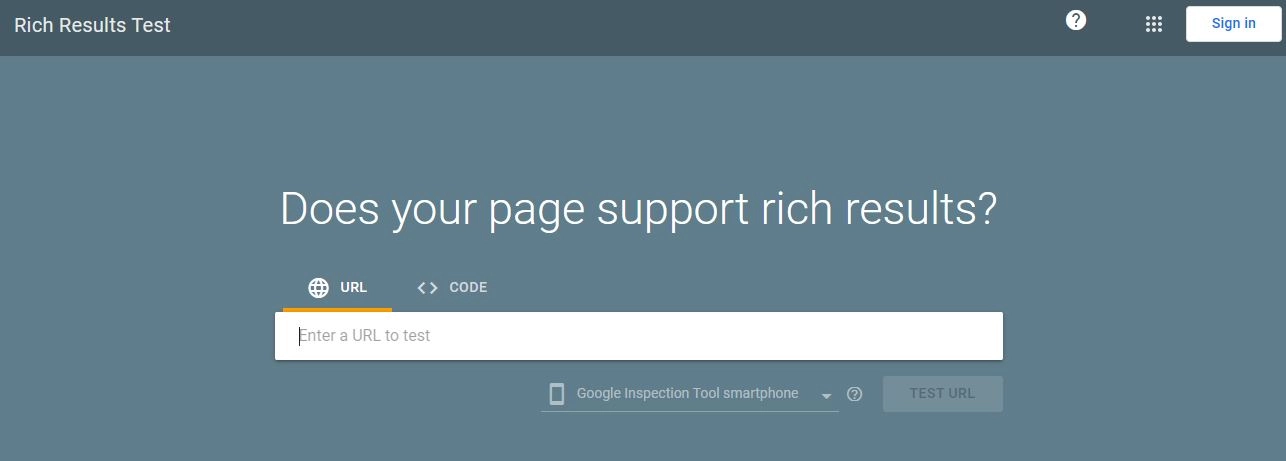

Thinking of redesigning your website? Let’s discuss how website redesign strategies help you boost your online presence.
Your website is often the first interaction potential customers have with your brand. A well-designed website is not only visually appealing but also crucial for user experience and search engine rankings. If you want to enhance your online presence and outrank your competitors, it's essential to consider website redesign as a strategic move.
In this article, we unveil the top 7 website redesign strategies that can propel your website to the top of Google's search results.

Mobile devices are dominating web traffic with around 74.05% of users coming from mobile devices , and hence, adopting a mobile-first design approach is paramount. Google prioritizes mobile-friendly websites , making it essential to optimise your site for smaller screens.
Ensure your website is responsive, loads quickly on mobile devices, and offers a seamless browsing experience on the mobile device. This not only improves your search engine ranking but also enhances user experience.

Review your website's navigation structure and simplify it. Make sure, your website shows what you want your users to see.
Use clear, concise labels for menu items, and ensure that visitors can easily find what they're looking for.
A well-organized website reduces bounce rates and encourages users to explore multiple pages, which can positively impact your SEO efforts.
Visual content plays a pivotal role in retaining visitors and conveying your brand message effectively. Invest in high-quality images, videos, and infographics that align with your brand's identity.
Ensure that visuals are optimized for web use to prevent slow loading times. Engaging visuals not only makes your site more appealing but also encourages visitors to stay longer, reducing your site's bounce rate.
Content is undoubtedly king when it comes to SEO. Regularly update your website with fresh, informative, and relevant content. Create in-depth articles, blog posts, and guides that address the needs and interests of your target audience.
Incorporate keyword research to optimize your content for search engines. The more valuable and informative your content, the higher the chances of securing top search engine rankings.
If you are posting AI-generated content, proofread and modify the content to meet real human needs.

Page speed is a critical factor in both user experience and SEO. Slow-loading websites can lead to frustrated visitors and lower search engine rankings. Conduct regular speed tests and optimize your website for faster loading times.
Compress images, leverage browser caching, and minimize server response times to ensure your site loads quickly on all devices.


Schema markup, also known as structured data, provides search engines with additional context about your content. Implementing schema markup can enhance your website's appearance in search results, increasing click-through rates.
Include relevant markup for products, reviews, events, and more to make your site stand out in search engine listings.

Website security is crucial for both user trust and SEO. Google gives preference to secure websites. Ensure that your site has an SSL certificate in place to encrypt data transmission and protect user information.
If you are taking payment, make sure your payment gateway meets all the security and privacy measures. Be as much transparent with your users as you could.
A secure website not only boosts your search engine ranking but also instils confidence in your visitors.
By implementing these top 7 website redesign strategies, you can significantly improve your online presence and outrank your competitors on Google.
Remember that search engine optimization is an ongoing process, and staying updated with the latest trends and algorithms is key to maintaining your high rankings.
The frequency of website redesigns can vary depending on your industry and goals. In general, it's advisable to revisit your website design every 2-3 years to keep it fresh and in line with current trends. However, if you notice a decline in performance or changes in your business, it may be time to consider a redesign sooner.
Watch for decreasing traffic, high bounce rates, outdated design, slow loading times, and a lack of mobile responsiveness. If your site struggles to convert visitors into customers or doesn't align with your branding and messaging, it's definitely time for a redesign.
To protect your search engine rankings during a redesign, implement 301 redirects for any changed URLs, maintain your existing sitemap, and update your robots.txt file as needed. Additionally, perform thorough SEO audits before and after the redesign to address any issues that might arise. Consulting with SEO experts can be invaluable in this process.
